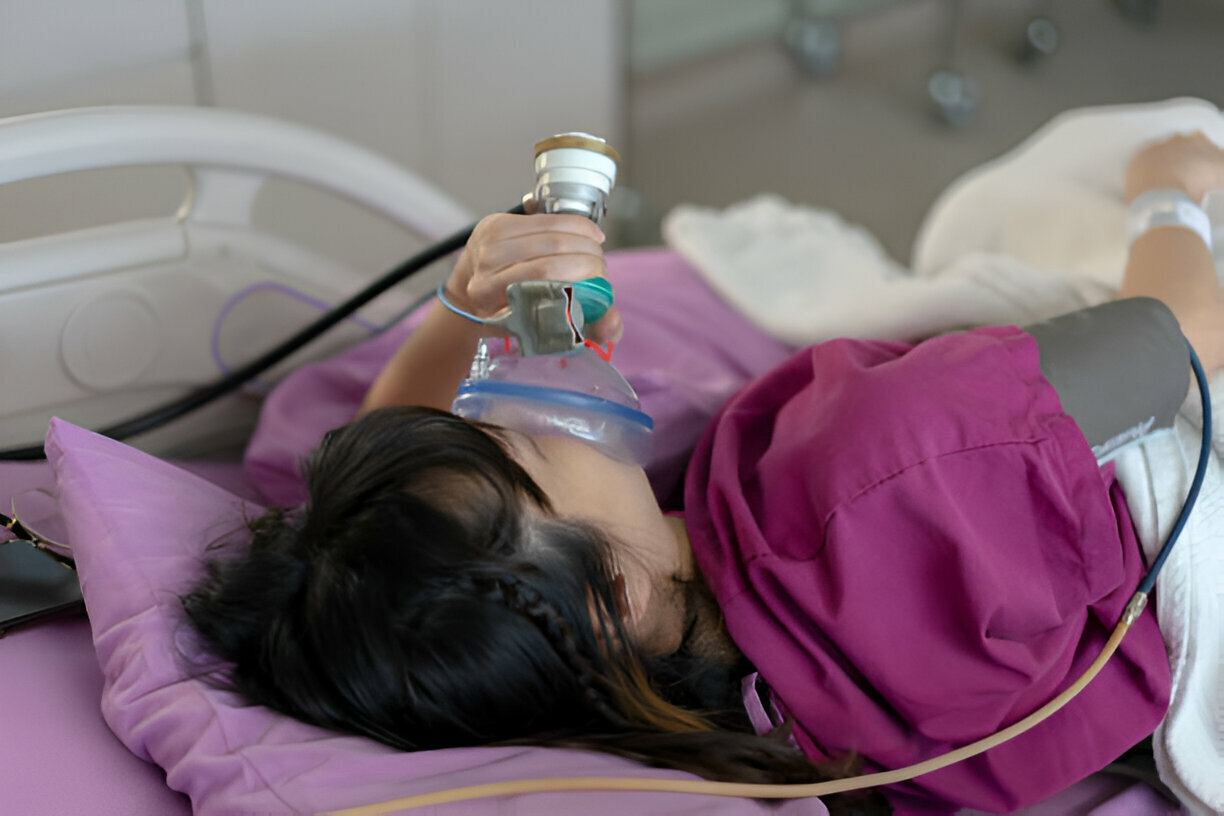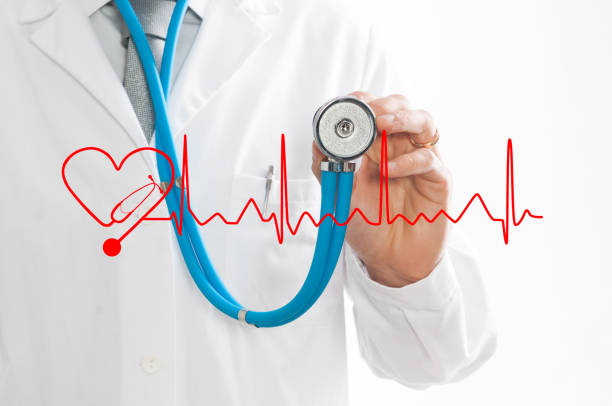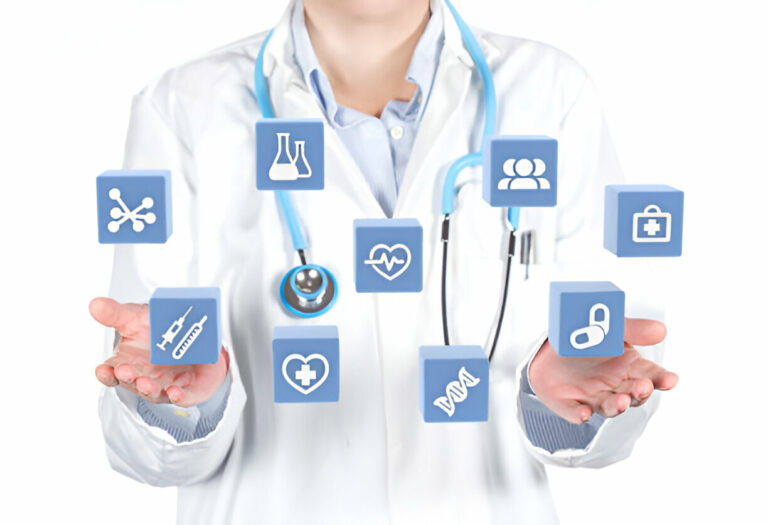Ensuring Optimal Medical Gas Delivery in Healthcare Facilities
The Role of Medical Gas Control Panels
Medical gas control panels are crucial in healthcare facilities, ensuring that gases like oxygen and nitrous oxide are delivered efficiently and safely to patients. These systems are integral to numerous medical applications, from anesthesia delivery to respiratory support. Without reliable control panels, complications increase, compromising patient safety and treatment outcomes. Many facilities rely on services that offer a 24 hour emergency service, Lafayette, AL, to ensure their gas control panels are always in optimal condition. This round-the-clock service can swiftly address unforeseen issues, maintaining an uninterrupted supply of essential medical gases.
Essential Features of Medical Gas Control Systems
Several features ensure the effectiveness of medical gas control systems. These include easy-to-read displays, robust alarm systems, and user-friendly interfaces. Easy-to-read displays help medical staff quickly assess the system’s status, reducing response time to potential issues. Robust alarm systems are critical for alerting staff to anomalies or malfunctions, allowing timely intervention. User-friendly interfaces ensure that even personnel with minimal technical training can operate the systems effectively. Additionally, having a system with reliable, redundant safety mechanisms is critical for preventing potential failures. These mechanisms are a backup to the primary systems, providing an extra layer of security and reliability.
Regulatory Standards and Compliance
To guarantee the effectiveness and safety of medical gas systems, healthcare facilities must adhere to several regulatory norms. Consistent safety criteria can be maintained by following guidelines established by groups such as the American Society of Safety Engineers (ASSE) and the National Fire Protection Association (NFPA). These rules address several topics, including the purity of the gases utilized and system installation and maintenance. Compliance guarantees that the systems adhere to the strictest safety requirements, reducing the possibility of mishaps and safeguarding the health and safety of personnel and patients. Severe fines may result from noncompliance, endangering the facility’s operating license and reputation.
Installation and Maintenance Considerations
Proper installation and regular maintenance of medical gas control systems are essential to their longevity and reliability. Routine checks, timely repairs, and periodic upgrades are necessary to avoid any interruption in gas delivery. Proper installation involves following the manufacturer’s guidelines and regulatory standards to ensure the system operates optimally. Regular inspections help identify wear and tear, enabling timely intervention before minor issues escalate into major problems. Ensuring all components meet current safety standards is crucial for maintaining system integrity. Keeping an updated log for maintenance activities is also essential for tracking system performance and planning future maintenance tasks.
- Regular inspections to identify wear and tear
- Ensuring all components meet current safety standards
- Keeping an updated log for maintenance activities
Training Healthcare Staff
Healthcare staff must be well-trained in operating medical gas control systems. Continuous training sessions ensure that staff are up-to-date with the latest features and safety protocols, minimizing the risk of user error. Inadequate training can lead to mishandling of the systems, resulting in gas leaks or incorrect gas delivery, which can have serious consequences. Incorporating educational modules can further reinforce these practices. These modules can be tailored to cover various aspects of system operation, from basic handling to troubleshooting common issues. Continuous education enhances staff competence and fosters a culture of safety and vigilance within the healthcare facility.
The Future of Medical Gas Control Systems
More automation and connection with digital health records are anticipated with the next generation of medical gas control systems. This evolution aims to improve accuracy and usability for patients and healthcare professionals. Consistent gas delivery and a significant reduction in human error are two benefits of automated systems. By modifying settings in response to real-time patient data, these technologies can raise the standard of treatment generally. Patient care can be expedited by integration with electronic health records (EHR). This integration makes data transfer easy and gives medical staff a thorough understanding of patients’ needs. These developments will further raise the effectiveness and dependability of medical gas management systems as technology develops.
Automation
Automated systems can significantly reduce human error and ensure consistent gas delivery. These systems can adjust settings based on real-time patient data, improving overall care quality. For example, if a patient’s oxygen levels drop, the automated system can immediately adjust the oxygen supply to stabilize the patient. This immediate response can make a critical difference in patient outcomes. Automation also ensures that the gas delivery is consistently accurate, reducing the risk of over- or under-delivery of gases.
Integration with Health Records
Integrating medical gas control systems with electronic health records (EHR) can streamline patient care. This integration allows for seamless data transfer, providing healthcare professionals a comprehensive view of patient needs. For instance, data from the gas control system can be automatically logged into the patient’s health records, ensuring that all relevant information is available for medical consultations and decisions. This comprehensive approach enhances the continuity of care, making it easier for healthcare providers to track and manage patient treatments effectively.
Conclusion
Ensuring the optimal performance of medical gas control systems is vital for the safety and efficacy of healthcare delivery. By focusing on essential features, regulatory compliance, and continuous education, healthcare facilities can maintain reliable and efficient gas delivery systems. Incorporating regular inspections, adopting advanced technologies, and providing ongoing training for healthcare staff are critical steps toward achieving this goal. With the continuous evolution of technology and best practices, the future of medical gas control systems looks promising, offering increased reliability and safety for healthcare facilities worldwide.







